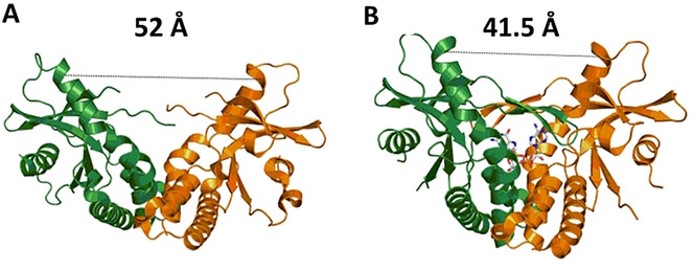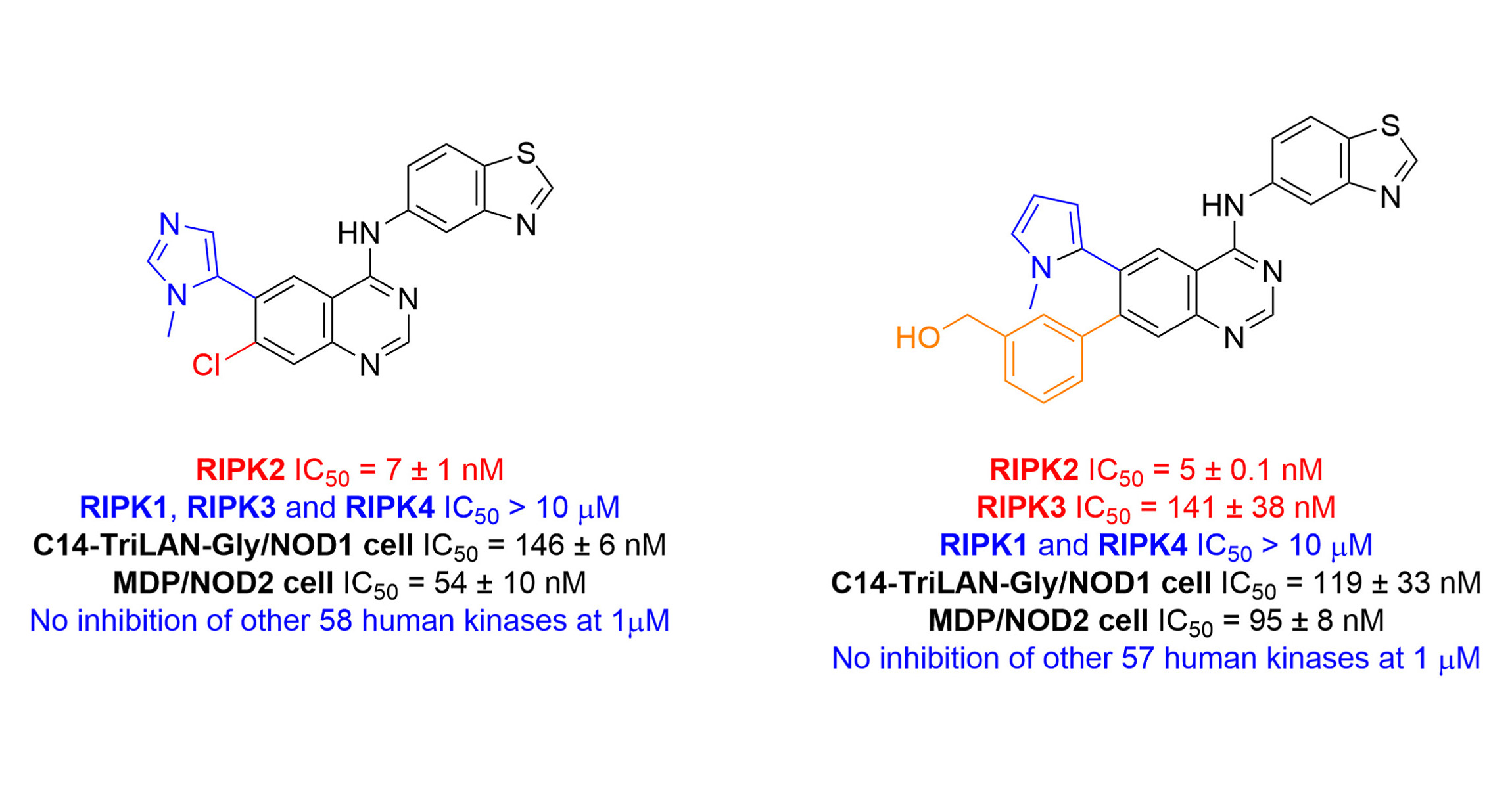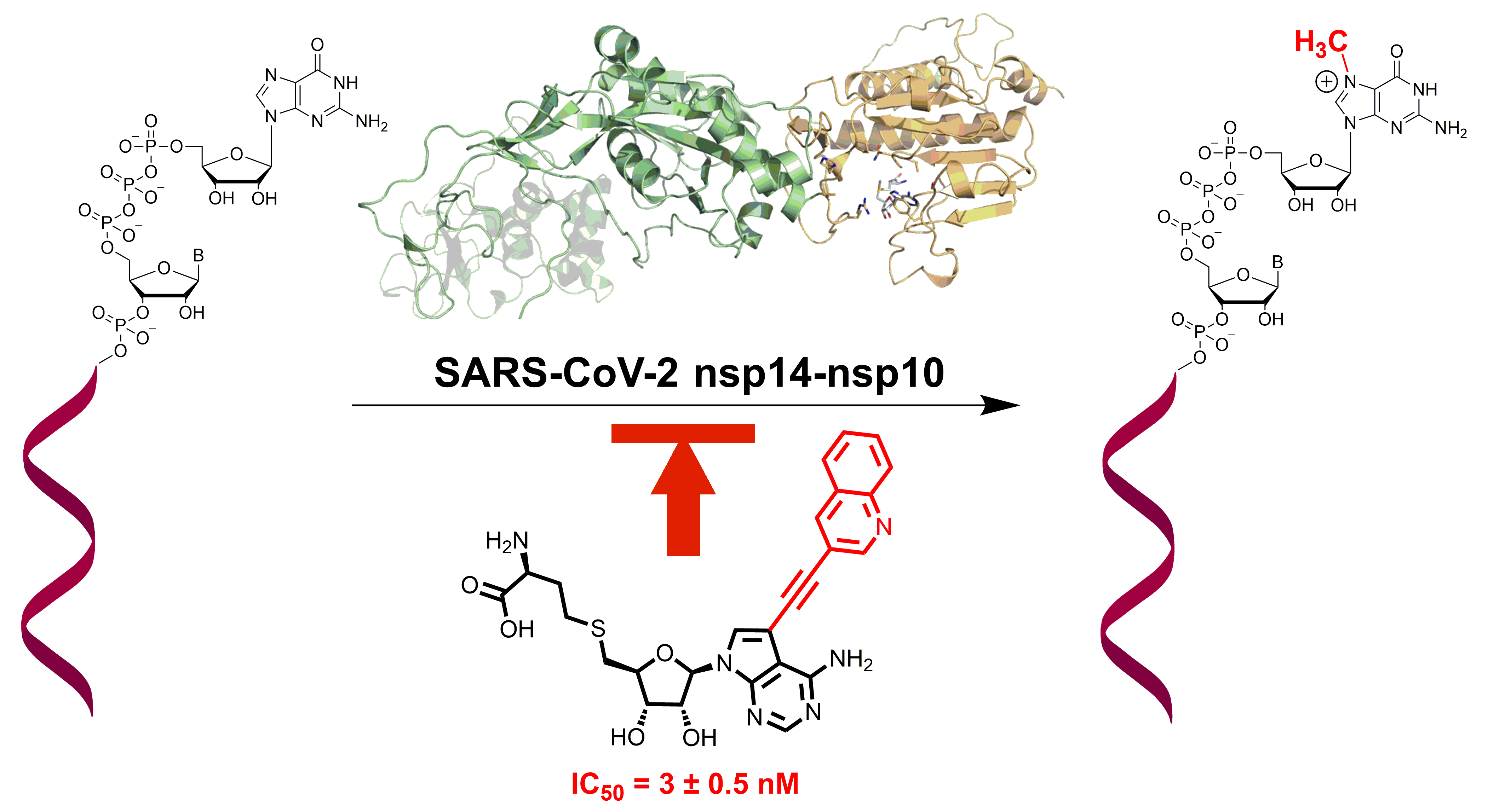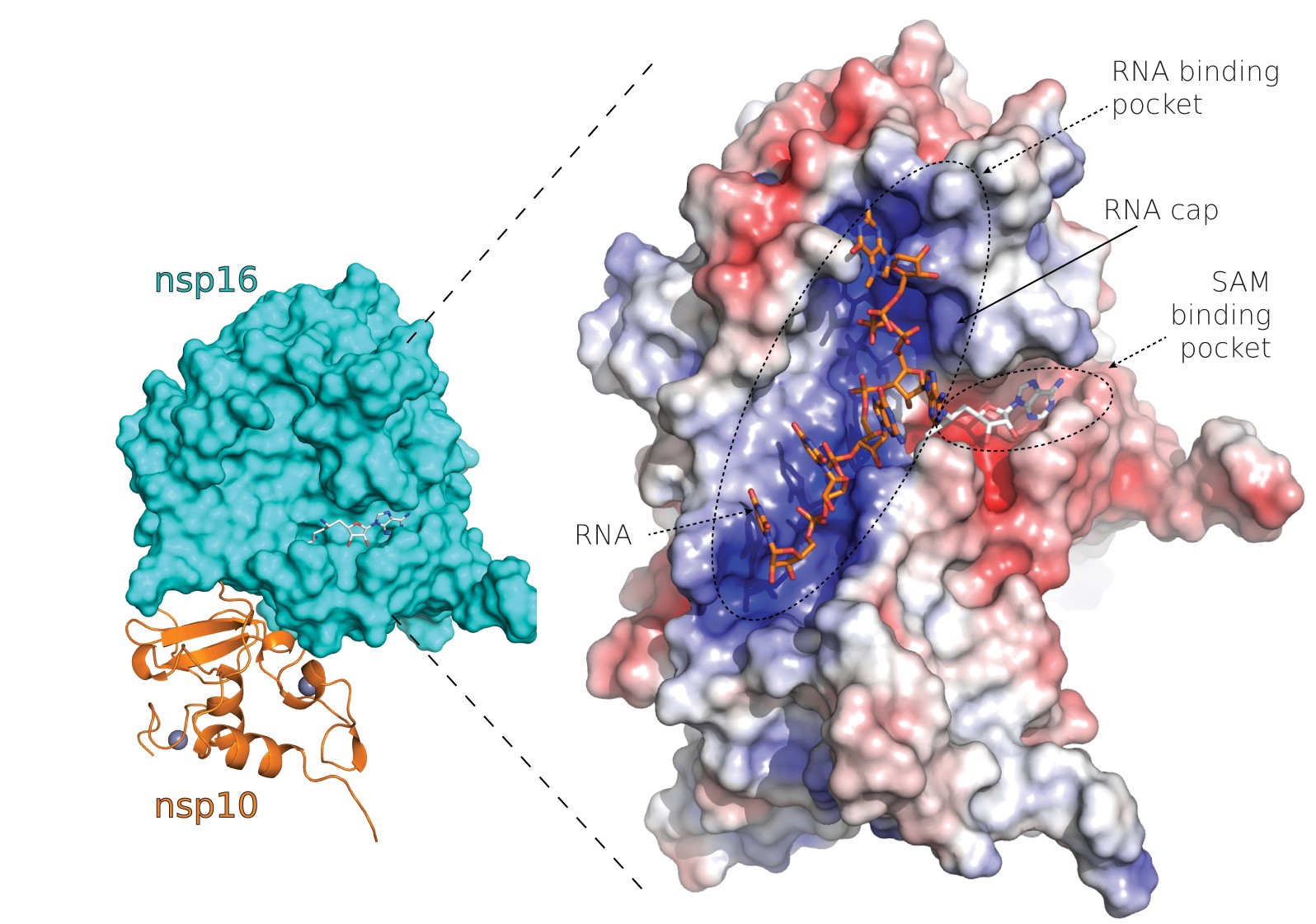
STING, or stimulator of interferon genes, is a key regulator of innate immunity. It acts as a receptor of cyclic dinucleotides (CDNs) that are second messengers of the innate immune system. The interaction of STING protein with CDNs induces the expression of type I interferons together with other cytokines and promotes an immune defense against invading pathogens.
The multidisciplinary team comprising the research groups of Gabriel Birkuš, Radim Nencka, Evžen Bouřa, and Lubomír Rulíšek from IOCB Prague published an article in Angewandte Chemie describing the structural, biochemical, and computational characterization of human STING complexes with natural CDNs and their difluorinated analogs that are more potent in inducing the expression of interferon genes.
The researchers showed that the binding of cyclic dinucleotides to the STING protein is governed by a delicate and somewhat unexpected interplay of various energetic and entropic contributions. The understanding of the protein-ligand interactions can help in designing novel drugs for stimulation of the immune system.
Read the paper:
- Smola, M.; Gutten, O.; Dejmek, M.; Kožíšek, M.; Evangelidis, T.; Tehrani, Z. A.; Novotná, B.; Nencka, R.; Birkuš, G.; Rulíšek, L.; Boura, E. Ligand Strain and Its Conformational Complexity Is a Major Factor in the Binding of Cyclic Dinucleotides to STING Protein. Angew. Chem. Int. Ed. 2021, 60, 10172-10178. https://doi.org/10.1002/anie.202016805






